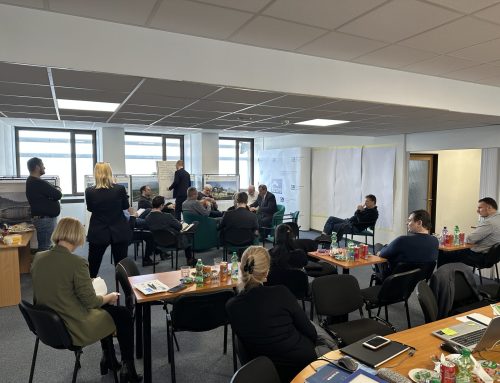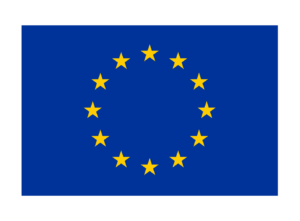To give an idea of the potential of community energy, Tomáš Voříšek from SEVEn Energy listed the types of consumers that can be affected by the consumption of locally produced electricity. Energy communities are likely to emerge in municipalities (more than 6,000 municipalities in the Czech Republic) and on the basis of existing associations and similar entities. However, greater flexibility of consumption and supply to the grid will also be possible for future active customers equipped with smart metering and a suitable tariff, which is practically all small consumers in the country.
A prerequisite for the acceleration of community energy is the appropriate setting of conditions for self-consumption and energy sharing, the involvement of municipalities and their contributing organisations, the use of energy resource leases and appropriate energy service models, and pooled community balance scoring. In the first wave after the enactment of energy communities, the author expects to see the first thousands of shared generation units in residential buildings, and gradually to hundreds of thousands of active customers by the end of the decade.
However, significant barriers stand in the way of community energy development. Currently, the final definition of an energy community is not yet clear, nor are the specific conditions in other regulations. Public support for communities as complex projects combining different technologies will be available under different programmes, which may slow down community investment plans. Finally, communities are entering an overheated market for PV system suppliers, where there is a shortage of installation capacity and long waiting times.






